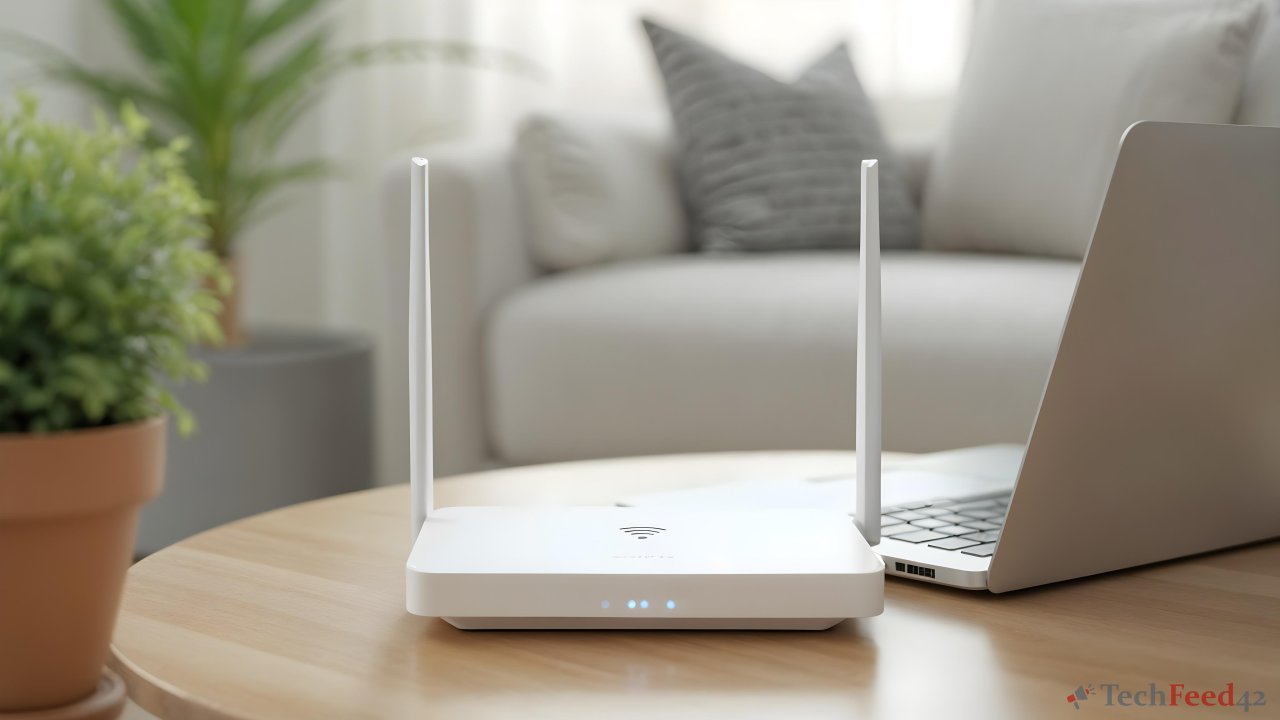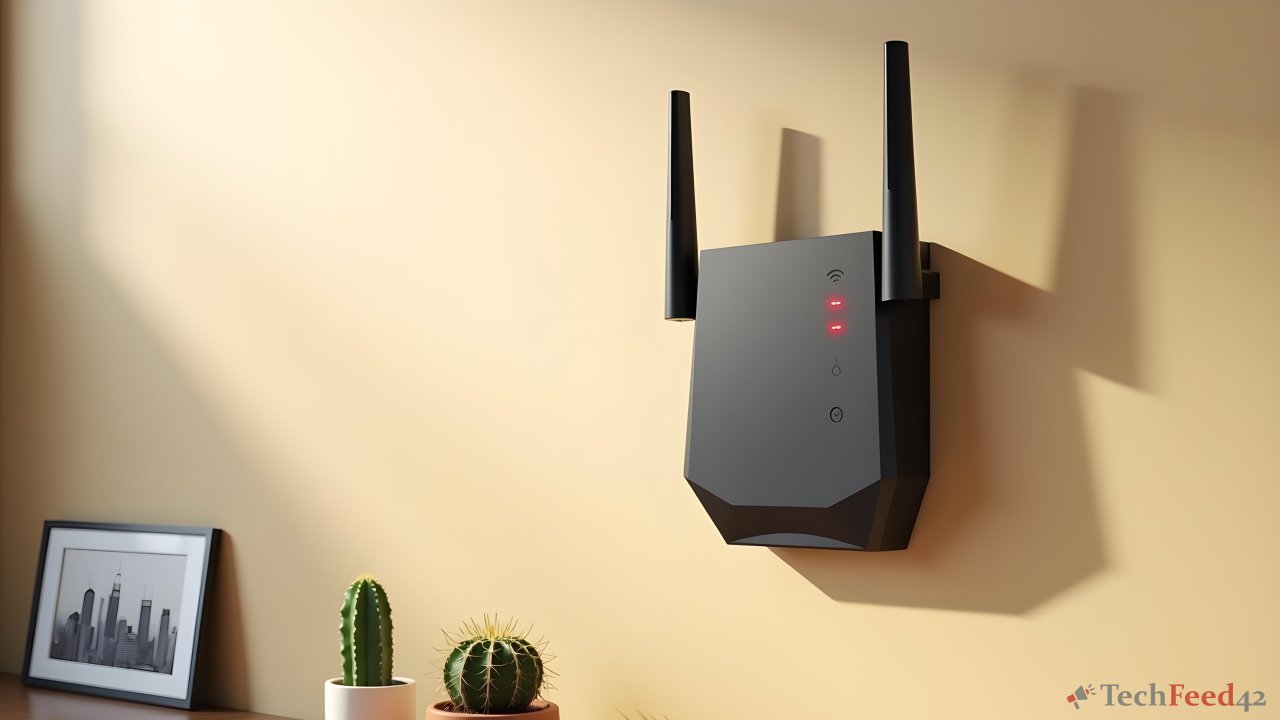When it comes to buying a new Wi-Fi router, it can feel a bit overwhelming. With so many options on the market, it’s essential to know what to look for to make sure you’re getting the best router for your needs. I’ve spent a fair amount of time researching this topic, and I’ve compiled some key points to help you make an informed decision.
Understand Your Internet Speed Needs
The first thing you need to consider is the speed of your internet connection. Different routers support different speeds, so it’s crucial to choose one that matches your internet plan. For example, if you have a high-speed internet plan of 500 Mbps or more, you’ll need a Wi-Fi router that can handle those speeds. If your router can’t keep up, you won’t be able to take full advantage of your internet connection.

When checking router specifications, look for terms like AC1200, AC1750, or AC3200. These numbers indicate the maximum speed the router can support. An AC1200 router, for instance, can theoretically reach speeds up to 1200 Mbps. However, it’s essential to note that real-world speeds are often lower due to various factors like distance, interference, and the number of devices connected.
Consider the Size and Layout of Your Home
The size and layout of your home significantly impact the performance of your Wi-Fi router. A small apartment might only need a single router, but if you live in a larger house with multiple floors, you may need a more powerful router or even a mesh Wi-Fi system.
A mesh Wi-Fi system consists of a main router and several satellite units that work together to cover larger areas. This setup can eliminate dead zones and provide consistent coverage throughout your home. If your home has thick walls or other obstacles that could interfere with Wi-Fi signals, a mesh system is often the best solution.

Dual-Band vs. Tri-Band Routers
Another critical factor to consider is whether you need a dual-band or tri-band router. Most modern Wi-Fi routers offer dual-band technology, which means they operate on two frequencies: 2.4 GHz and 5 GHz. The 2.4 GHz band is more crowded but has a longer range, while the 5 GHz band offers faster speeds but with a shorter range.
Tri-band routers add an extra 5 GHz band, which can help reduce congestion if you have many devices connected at once. This can be especially useful in households with heavy internet usage, such as streaming in 4K, online gaming, or video conferencing. However, tri-band routers are generally more expensive, so consider whether the additional cost is worth it for your specific situation.
Security Features
Wi-Fi security is more important than ever. When shopping for a new router, look for one that supports the latest security protocols, such as WPA3. This will ensure that your network is protected from unauthorized access.
Additionally, many routers offer built-in security features like firewalls, guest networks, and parental controls. These features can help you manage who has access to your network and what they can do once they’re connected. Parental controls, for example, allow you to restrict access to certain websites or limit internet usage during specific hours, which can be particularly helpful if you have children.
Number of Ports
While Wi-Fi is convenient, sometimes a wired connection is more reliable, especially for activities like gaming or streaming. When choosing a Wi-Fi router, consider how many Ethernet ports it has. If you have multiple devices that you want to connect via a wired connection, you’ll need a router with enough ports to accommodate them.
Some routers also come with USB ports, which can be used to connect external hard drives or printers. This can be a handy feature if you want to set up a network-attached storage (NAS) system or share a printer across your network.
Future-Proofing
Technology is constantly evolving, so it’s wise to invest in a Wi-Fi router that will stand the test of time. One way to future-proof your purchase is to choose a router that supports the latest Wi-Fi standard, Wi-Fi 6 (802.11ax). Wi-Fi 6 offers faster speeds, better efficiency, and improved performance in crowded environments compared to the previous Wi-Fi 5 standard.
Even if your current devices don’t support Wi-Fi 6, having a router that does means you’ll be ready as you upgrade your gadgets in the future. Additionally, Wi-Fi 6 routers are designed to handle more devices simultaneously, which is increasingly important as smart home devices become more common.

Price vs. Performance
Finally, it’s essential to balance price and performance when choosing a Wi-Fi router. While it might be tempting to go for the cheapest option, this could lead to frustration if the router can’t keep up with your internet needs. On the other hand, you don’t necessarily need the most expensive model either.
Consider what features are most important to you and how you use the internet. If you only use the internet for browsing and checking emails, a mid-range router should suffice. However, if you have a smart home setup, stream in 4K, or have multiple gamers in the house, investing in a higher-end router may be worth the extra cost.
Conclusion
Choosing the right Wi-Fi router can make a significant difference in your home network’s performance and reliability. By considering factors like your internet speed needs, home size, and the router’s features, you can find a router that meets your needs without overspending. Don’t forget to think about security, future-proofing, and the number of devices you plan to connect. With the right Wi-Fi router, you’ll enjoy fast, reliable internet throughout your home for years to come.


